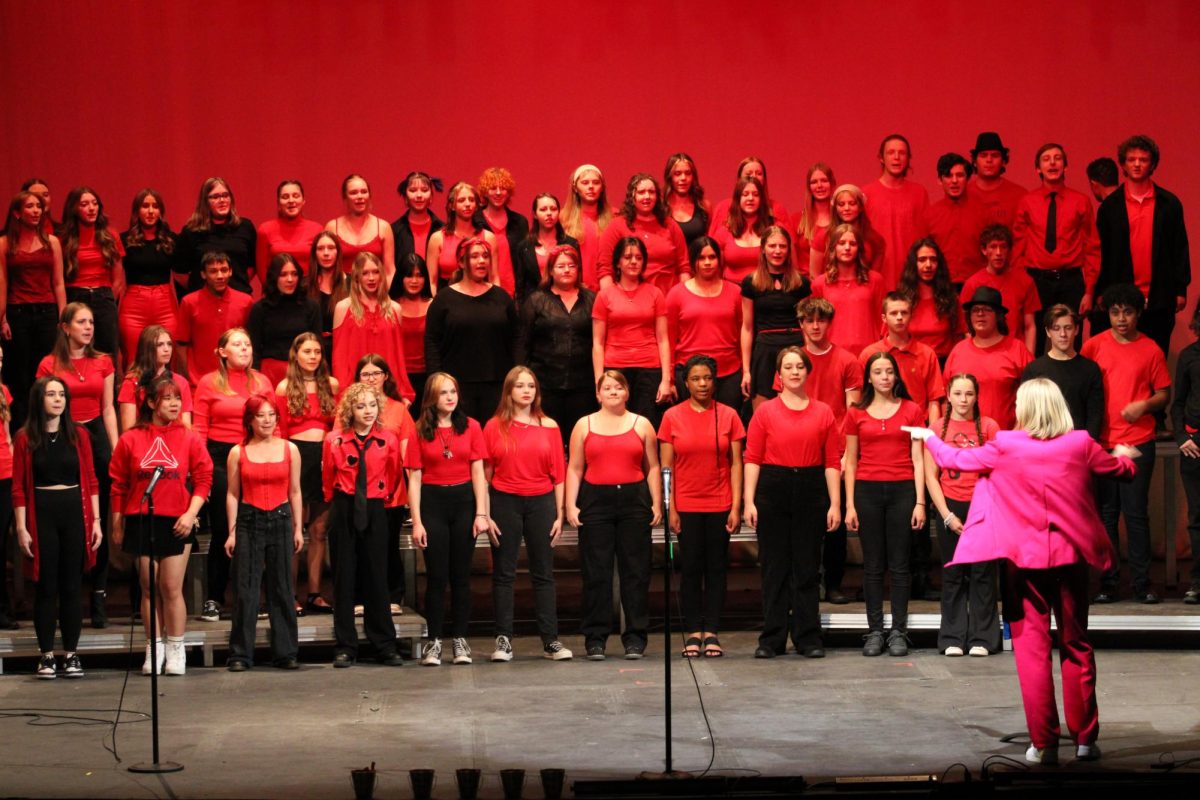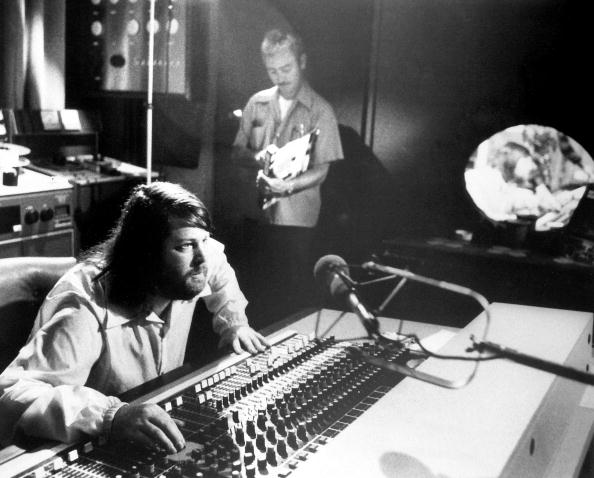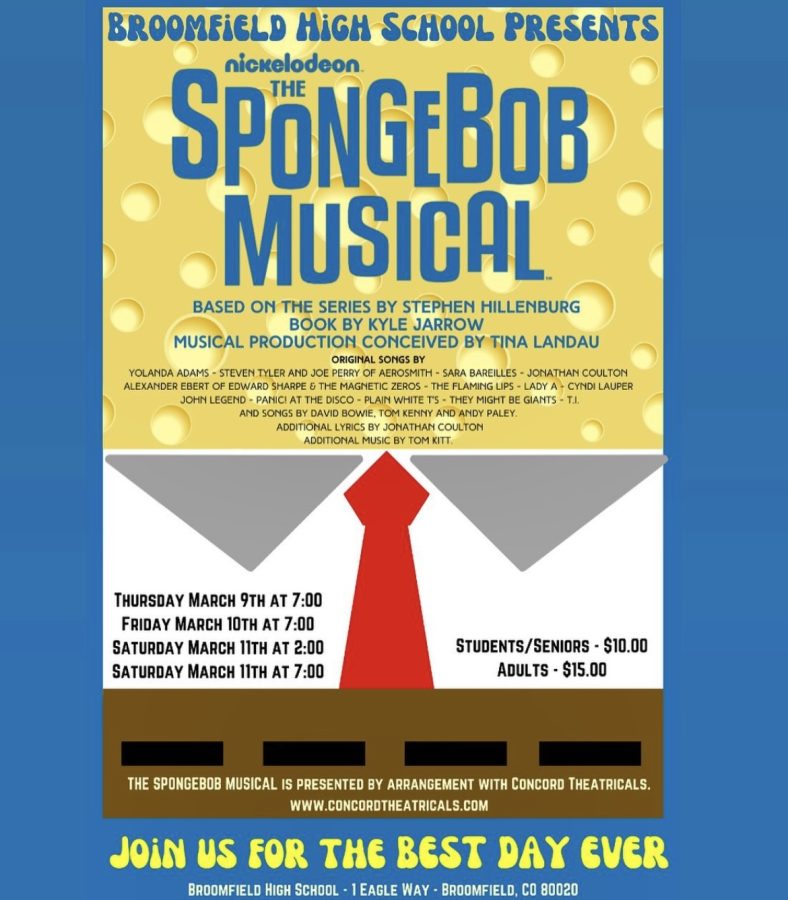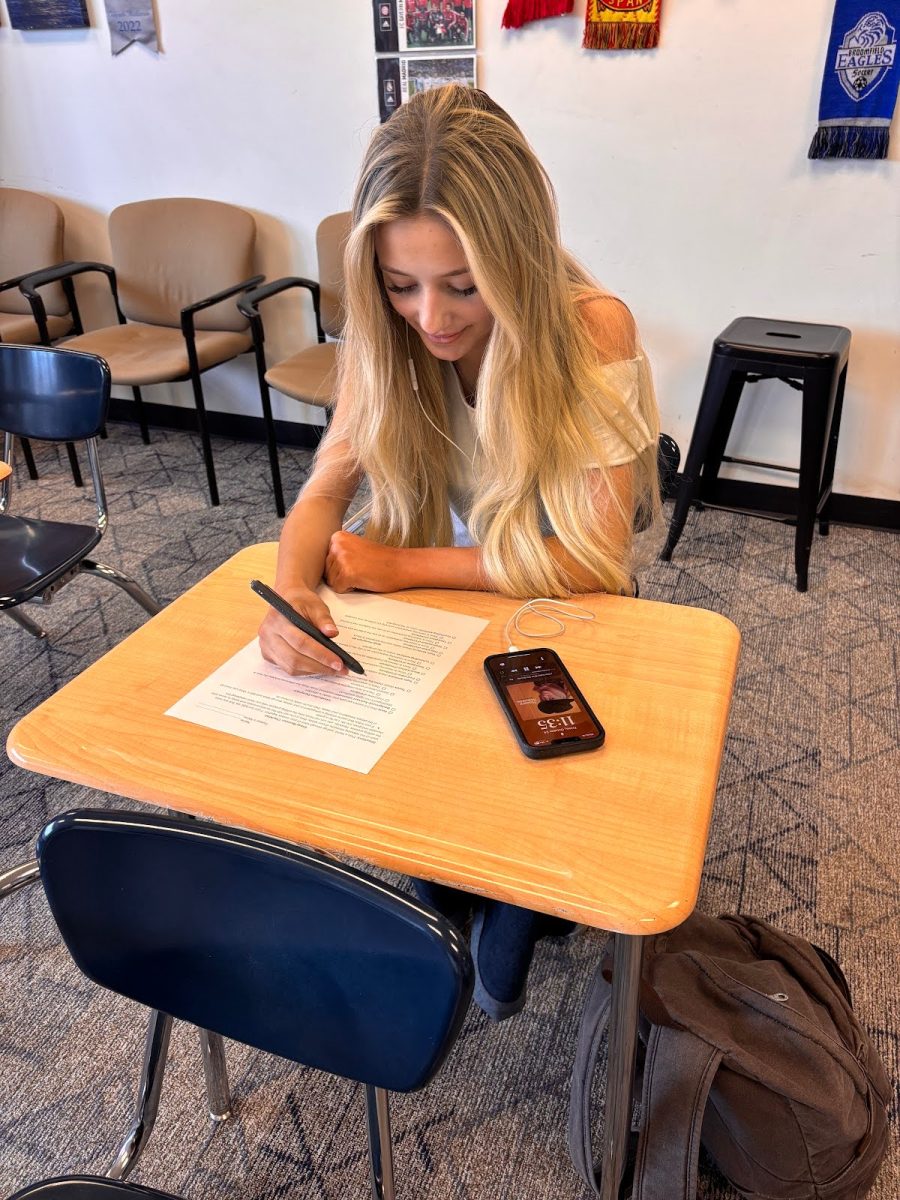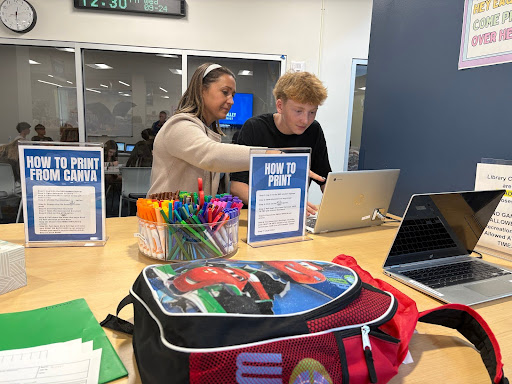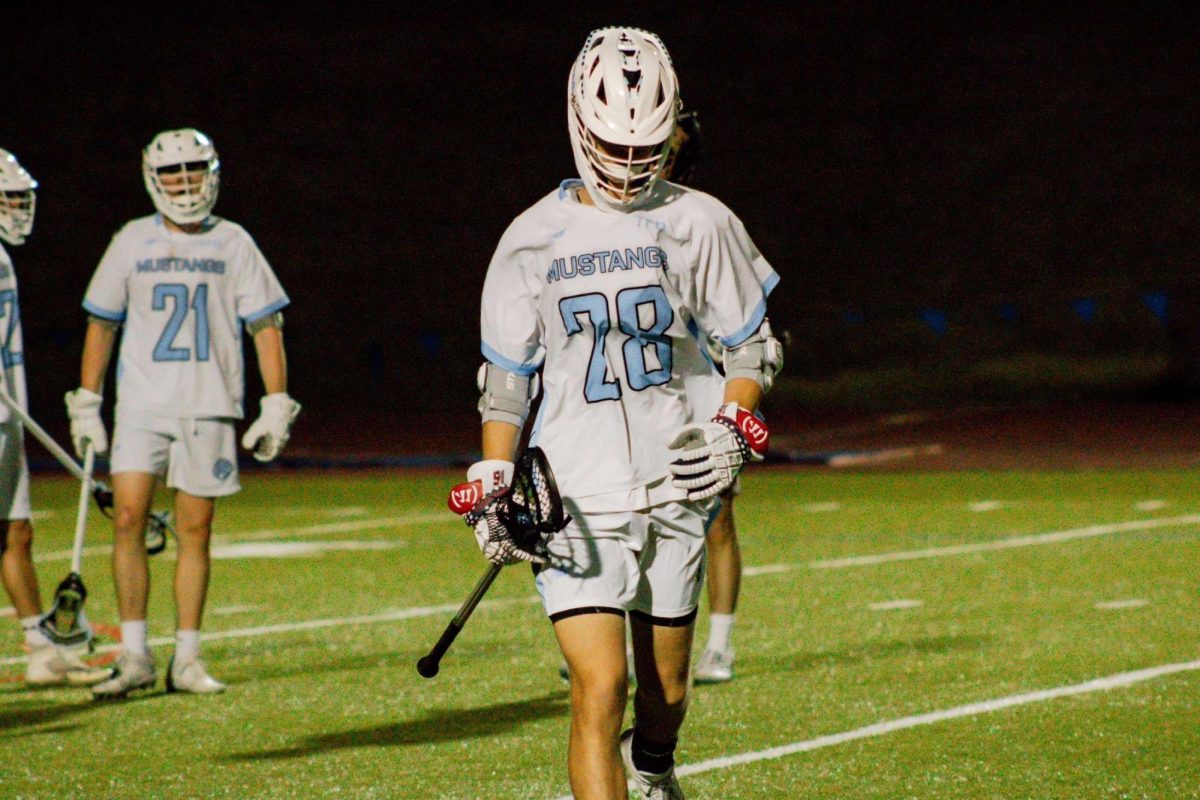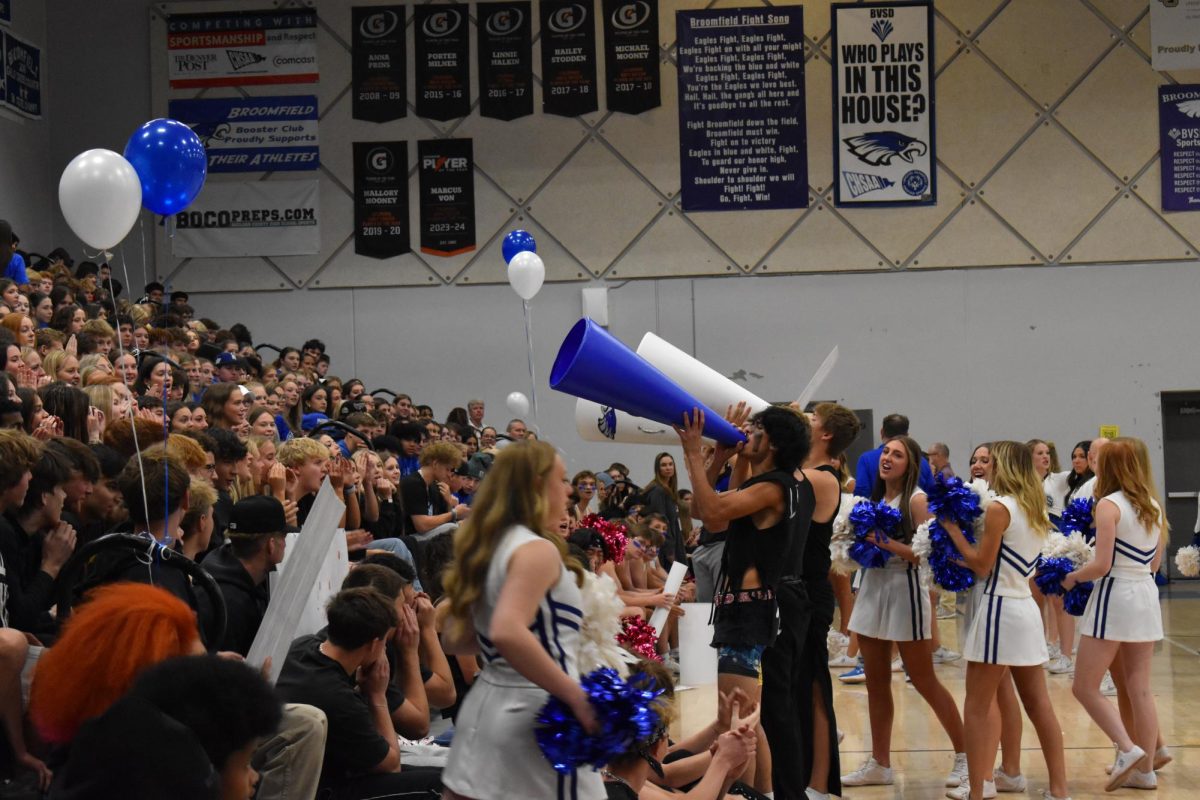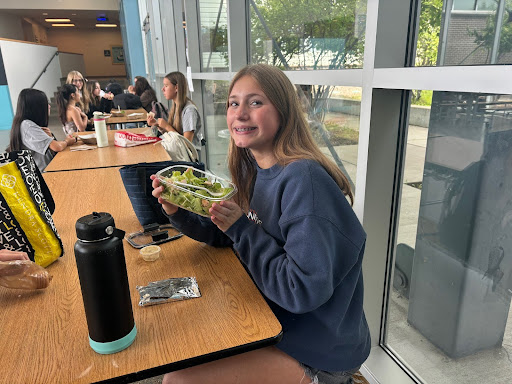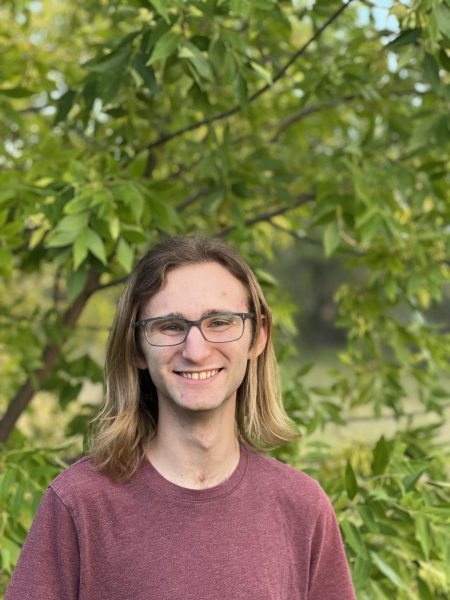I was obsessed with Star Wars when I was little. The grimy and gutsy wrecks of rebel ships fighting to muckify the cold cleanliness of the empire spoke to my young soul in a way that no other piece of media has since. This is a universal American experience. America formed as nationalism was raising its angry fist over in Europe. European nationalism was based on an idealized past that nations felt needed to return. America, without much of a past to return to besides the western, reached towards the future. When pulp magazines became widespread, English children read about King Arthur and his mythic English excellence; Americans read westerns and science fiction.
The motion picture, a more universal mode of communication than the written word, brought Westerns and science fiction into the inescapability of the image. American children saw their heroes ten times their size projected on a wall. They spent their childhoods learning to walk like them, talk like them, think like them, live like them.
Only, they would never learn. Instead, they will trip, and when they trip, they will bleed. They will break things. They will hurt people. And that freedom is life’s greatest gift. This theme is the central point of Bruce Springsteen’s 1975 masterpiece Born to Run.
The Album’s Creation:
Before Born to Run, Springsteen was struggling. His first two albums, while excellent, failed to gain an audience outside of where Springsteen toured, and Columbia Records, his label, was beginning to shift its attention to other singer-songwriters. In particular, Colombia saw the pompous schlock Billy Joel leaked out of his tasteless bowels as a good alternative. Springsteen squeezed a last-ditch offer out of his label to finance one more album; if it failed, they would drop him. While lying awake one night in his West Long Branch home, Springsteen envisioned an album that mixed the soul of Roy Orbison, the spirit of Elvis, the sound of Phil Spector, and the lyricism of Bob Dylan into one album. Soon, he began work on the song Born to Run, which he considers the point at which he matured in his songwriting.
After his request to record in Nashville was denied, Springsteen was limited to the same outdated studio, 914 Sound Studios, at which his first two records were made. The two prior times Springsteen had recorded there, he had focused on capturing the live sound of The E-Street Band. For those purposes, the studio worked great. Yet he had different ambitions for this new album. Springsteen wanted to replicate the Wall of Sound style.
The Wall of Sound was the brainchild of producer and convicted murderer, Phil Spector. The style, which was made specifically for jukeboxes and AM radio, involved dense orchestrations utilizing large ensembles, layering instruments multiple times for fuller sounds, and, Spector’s signature, mixing multiple instruments to sound indistinguishable to the listener. The style was the first in popular music that could be attributed to a single artist, Spector, and was massively influential to generations of music. Spector’s early work with his girl groups contains a few undeniable classics, though many artists have since outdone Spector. Spector’s corporate girl-group formula grew stale fast, and his muddy mixing has aged poorly compared to his peers. Also, Spector’s overdone production for The Beatles’ Let It Be is a source of contention among many music fans, though his work with John Lennon and George Harrison is excellent. Some examples of superior Wall of Sound-influenced work include Brian Wilson’s work on Pet Sounds, many of ABBA’s best remembered songs, Born to Run, and Kevin Shields’ work for My Bloody Valentine.
Born to Run was the only song completed at 914. That alone took six months. The small mixing desk struggled to contain the swarm of layering and overdubs, making mixing a nightmare. Springsteen said the final song utilized 72 tracks squeezed into the 16-track desk. Then the recordings hit a wall. Attempts were made to record the rest of the album, but through a mixture of outdated equipment and Springsteen’s lack of direction, nothing else materialized. A year into recording, only one song was finished.
Springsteen needed a change. He found change through Jon Landau, who wrote a review criticizing Springsteen’s second album, and was asked to meet Springsteen to discuss how to proceed. The two quickly became friends, and Landau was hired to co-produce Born to Run. Landau also moved sessions to the Record Plant, a state-of-the-art studio in New York.
The move to the Record Plant and Landau’s focus on finishing old ideas rather than finding new ones got the sessions back on track. Yet even with this new focus, these sessions were grueling. The E-Street Band’s long-time drummer Max Weinberg called the album the most challenging project of his career. But the album was approaching completion. Springsteen, a notorious perfectionist, often made his band record the same part for hours. He made the great Clarence Clemons rerecord the saxophone solo on Jungleland for 16 hours until he thought it was right. Even the album’s final mix took several takes. The first acetate (a cheap record meant to be played once or twice) Springsteen received ended up in a hotel pool after he heard it. Landau had to convince Springsteen not to scrap the album before, finally, a year and a half into production, Springsteen okayed a release.
Colombia’s patience paid off. Towards the end of production, Colombia decided Born to Run was worth a massive marketing campaign and began to pour images and quotes about Springsteen everywhere they could. This led to backlash as the public started to see Springsteen as an industry-made star. A similar course of events occurred with David Bowie in the UK around the same time. Time has shown that both artists were the real deal, despite backlash. Born to Run turned Springsteen into a superstar.
And for good reason. Born to Run is one of the maybe 50 perfect albums, and the definitive album about America as an idea.
The Album itself:
The album is structured around the four songs that open and close each side of the record. Those four songs alone are enough to make a classic, yet the filler tracks are all classics.
Side one opens with Thunder Road. The song starts as a gentle ballad in which the speaker calls for a girl, Mary, to run away with him to save each other from wasting a “summer praying in vain for a savior to rise from these streets” before exploding into one of the great anthems of escape, only beaten by another song later on the album.
10th Avenue Freeze Out created the myth of The E-Street Band’s formation and rise to success. The song is the most outright fun song Springsteen ever recorded, and produced one of the best anecdotes from Born to Run’s production: Springsteen forgot to write a horn arrangement for the song and, upon the horn’s arrival in the studio, Steven Van Zandt, who would soon join The E-Street Band, and who’s leaving inspired one of Springsteen’s best deep-cuts, arranged and conducted the electrifying horn section on the spot.
Night, the shortest song on the album, foreshadows the lyrical themes of his next album, Darkness on the Edge of Town, another masterpiece, over a high-energy wall of sound.
Side one closes with Backstreets. This may be Springsteen’s best song. The lyrics describe the collapse of a friendship with a ungendered Terry against the backdrop of some of the best imagery Springsteen ever wrote (Endless juke joints and Valentino drag, Where famous dancers scraped the tears up off the street, dressed down in rags, Running into the darkness, some hurt bad, some really dying, At night sometimes it seemed you could hear the whole damn city crying). At the song’s end, the speaker talks about all the old movies he and Terry would go see, leading up to the conclusion that he and Terry can’t be the heroes they thought they could be, and that no one can. This song has heavy homoerotic undertones.
Side two opens with Born to Run. If this song were the only thing Springsteen ever made, he would still be a legend. The song begins with Weinberg’s drums mimicking an engine starting, possibly the most electrifying drum intro to a song; every time I hear those drums, my heart beats a little stronger. The lyrics are filled with a deep sadness, yet are overpowered by the overwhelming hope that bleeds through the entire album. The speaker knows he is reckless and wild, yet he does not care. Someday, he believes, they will find the promised land. Springsteen spent the rest of his career grappling with the implications of running away like this; most of his later work depicts the bad side of the highway the two lovers in Born to Run are about to drive down. But on Born to Run, the hope wins over.
She’s The One, likely written about Springsteen’s then-girlfriend, is another solid pop song about being repeatedly drawn back to a girlfriend the speaker knows is bad for him.
Meeting Across The River is the album’s lone oddball: a jazzy noir piece. While a touch jarring on early listens, it is one of the most unique bits of Springsteen’s back catalog. The lyrics describe a heist the speaker undertakes to earn money for his girlfriend and feature an ambiguous ending. Overall, this song, along with Night, is the weakest on the album, though still an excellent ballad and a change in pace before the nine-minute closer.
That nine-minute closer, Jungleland, is the most sprawling song Springsteen has ever written. This is his Desolation Row. The lyrics describe a similar escape to Thunder Road and Born to Run, yet with a tragic conclusion, displaying that the dream of escape is sometimes as much a trap as working a dead-end job for forty years. Unlike Desolation Row, though, the highlight of this song is not the lyrics; this is the only song on the album that falls victim to Springsteen’s wordiness. Instead, it is the two-minute saxophone solo by Clarence Clemons, the greatest of his storied career and possibly the greatest in a rock song.
Conclusion:
Born to Run, as an album, is about the American definition of freedom. We are taught as children that freedom looks like how we see it in movies and television. We are taught that good will win and the bad will always fall. In reality, freedom is less pretty than John Wayne makes it seem. Freedom is the ability to make mistakes without losing hope. The American dream may be the Norman Rockwell, white-picket prosperity in the eyes of those who reach it. Yet the reality of living in this nation is overwhelmingly bleak for millions. Springsteen understood this in 1975. Springsteen also understood that hope is stronger than despair. Some people never find the promised land, but never should they stop looking. The road will keep going. Time doesn’t stop. One day we will see that our lives are worth every hardship. We just have to keep living them.



